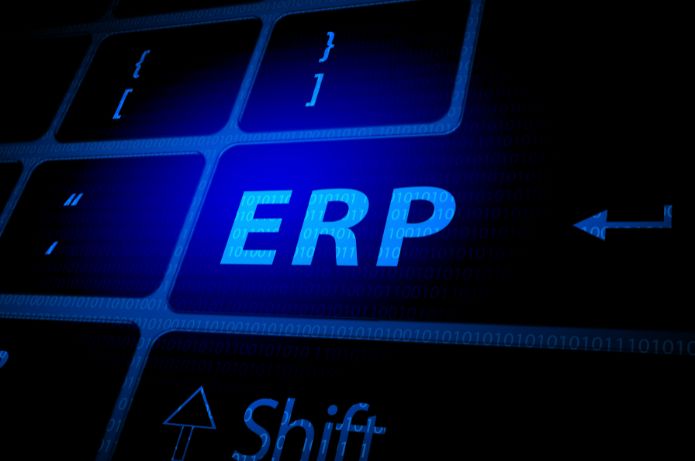Definition
ERP, acronym for Enterprise Resource Planning, it is a comprehensive software system used by companies to manage and integrate their core business processes. An ERP centralizes information and operations from different departments in a single platform, allowing a holistic and real-time view of the business
History and Evolution
1. Origins: The concept of ERP evolved from MRP (Material Requirements Planning) systems of the 1960s, that focused mainly on inventory management
2. 1990s: The term "ERP" was coined by the Gartner Group, marking the expansion of these systems beyond manufacturing, including finance, human resources and other areas
3. Modern ERP: With the advent of cloud computing, ERP systems have become more accessible and flexible, adapting to companies of various sizes and sectors
Main Components of an ERP
1. Finance and Accounting: Management of accounts payable and receivable, ledger, budgeting
2. Human Resources: Payroll, recruitment, підготовка, performance evaluation
3. Manufacturing: Production planning, quality management, maintenance
4. Supply Chain: Purchasing, inventory management, logistics
5. Sales and Marketing: CRM, order management, sales forecast
6. Project Management: Planning, resource allocation, monitoring
7. Business Intelligence: Reports, analyses, painéis de controle
Benefits of ERP
1. Data Integration: Eliminates information silos, providing a unified view of the business
2. Operational Efficiency: Automates repetitive processes and reduces manual errors
3. Enhanced Decision Making: Provides real-time insights for more informed decisions
4. Compliance and Control: Facilitates adherence to regulations and industry standards
5. Scalability: Adapts to the company's growth and new business needs
6. Improved Collaboration: Facilitates communication and information sharing between departments
7. Cost Reduction: In the long term, can reduce operational and IT costs
Challenges in ERP Implementation
1. Initial Cost: Implementing an ERP can be a significant investment
2. Complexity: Requires careful planning and can be a time-consuming process
3. Resistance to Change: Employees may resist the adoption of new processes and systems
4. Personalization vs. Standardization: Balance the specific needs of the company with industry best practices
5. Training: Need for extensive training for users at all levels
6. Data Migration: Transferring data from legacy systems can be challenging
Types of ERP Implementation
1. On-Premise: The software is installed and run on the company's own servers
2. Cloud-Based (SaaS): The software is accessed via the internet and managed by the provider
3. Hybrid: Combines elements of on-premise and cloud implementations
Current Trends in ERP
1. Artificial Intelligence and Machine Learning: For advanced automation and predictive insights
2. Internet of Things (IoT): Integration with connected devices for real-time data collection
3. Mobile ERP: Access to ERP functionalities through mobile devices
4. User Experience (UX): Focus on more intuitive and user-friendly interfaces
5. Customização Simplificada: Ferramentas de low-code/no-code para personalização mais fácil.
6. Advanced Analysis: Enhanced business intelligence and analytics capabilities
Choosing an ERP System
When selecting an ERP, companies should consider
1. Specific business requirements
2. Scalability and flexibility of the system
3. Total Cost of Ownership (TCO)
4. Ease of use and adoption by users
5. Support and maintenance provided by the supplier
6. Integrations with existing systems
7. Security and compliance with regulations
Successful Implementation
For a successful ERP implementation, it is crucial
1. Obtain support from senior management
2. Define clear and measurable objectives
3. Form a multidisciplinary project team
4. Carefully plan the data migration
5. Invest in comprehensive training
6. Manage organizational change
7. Monitor and continuously adjust after implementation
Conclusion
The ERP is a powerful tool that can transform the way a company operates. By integrating processes and data into a single platform, the ERP provides a unified view of the business, improving efficiency, decision-making and competitiveness. Although the implementation may be challenging, the long-term benefits of a well-implemented ERP system can be substantial


